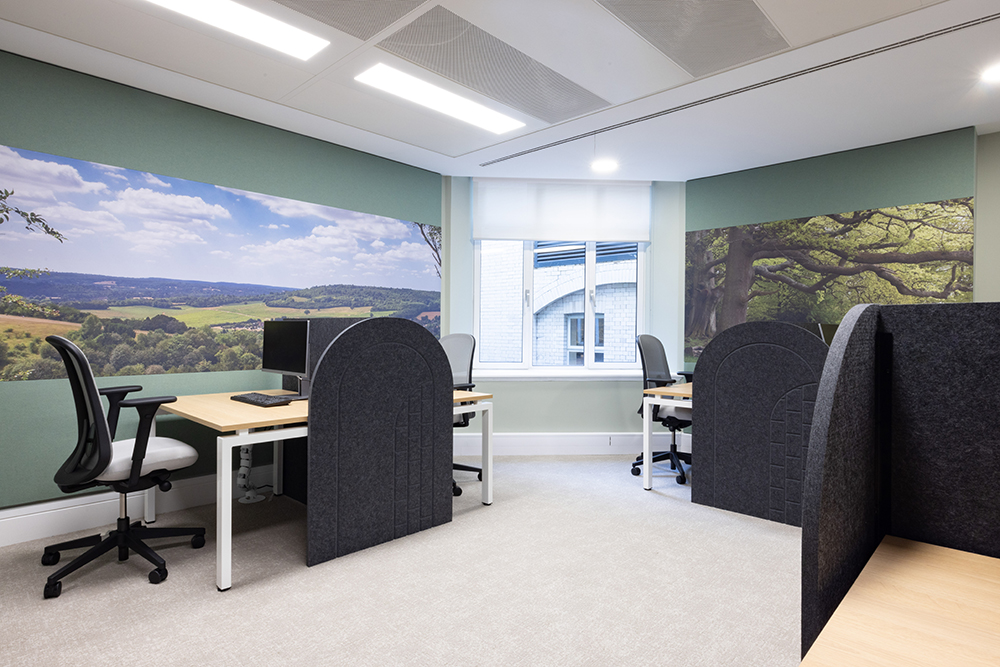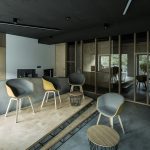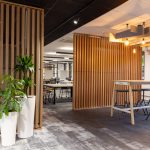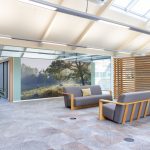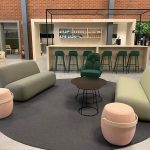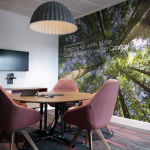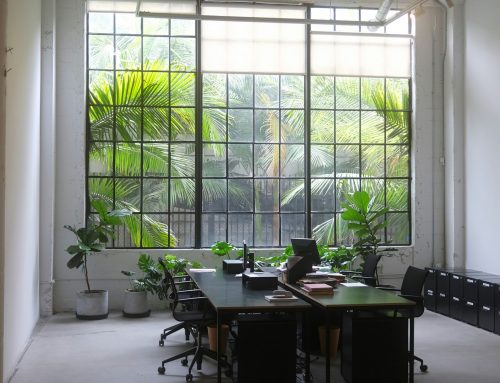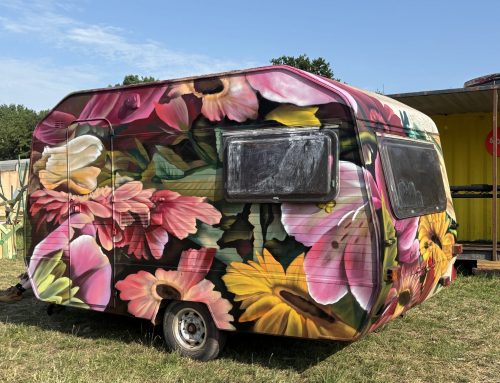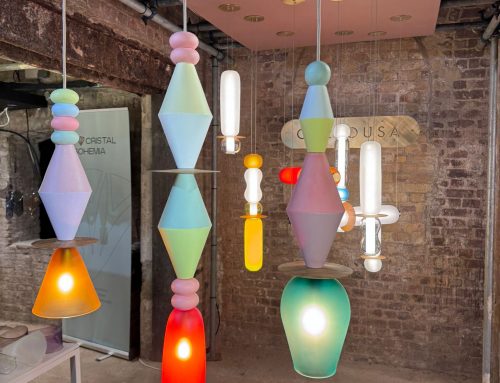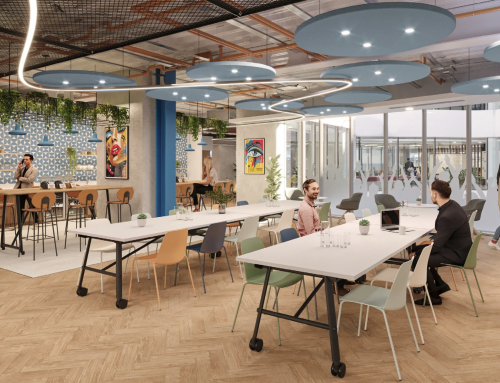This week in the Wylde blog we’re discussing the importance of designing workplaces for everyone, embracing neurodiversity in design. In the realm of workplace design, the concept of inclusivity has taken on a new dimension with the growing recognition of neurodiversity. Neurodiversity encompasses a spectrum of neurological differences and our understanding of neurodivergence evolves, so too does the need for workplaces that accommodate and celebrate the diverse ways in which individuals experience and interact with the world around them.
Traditionally, office environments have been designed with a one-size-fits-all approach, favouring open-plan layouts, bright lighting, and minimal sensory stimulation. However, for neurodivergent individuals, these features can be overwhelming and counterproductive, leading to increased stress and decreased productivity. Recognising this, a shift towards more inclusive design principles is underway, with a focus on creating spaces that support the needs and preferences of all employees.
One key aspect of designing neurodiverse-friendly workplaces is flexibility. This means offering a variety of work settings to accommodate different work styles and sensory needs. For example, providing quiet rooms or designated sensory spaces allows individuals to retreat when they need a break from stimulation. Similarly, adjustable lighting and temperature controls empower employees to create environments that are conducive to their productivity and comfort.
Moreover, thoughtful consideration should be given to the use of colour, texture, and acoustics in the design of workspaces. Soft, natural materials and muted colour palettes can help reduce sensory overload, while sound-absorbing materials and strategic placement of furniture can minimise distractions and create a more peaceful atmosphere. Additionally, incorporating elements of biophillic design, such as indoor plants and natural light, can have a calming effect and improve overall well-being.
Inclusive workplace design also extends beyond physical spaces to encompass policies and practices that foster a culture of acceptance and understanding. This includes offering training and awareness programmes to educate employees about neurodiversity and promote empathy and respect for different ways of thinking and communicating. By creating an inclusive culture that values diversity, organisations can unleash the full potential of their workforce and cultivate an environment where everyone feels valued and empowered to thrive.
Designing workplaces with neurodiversity in mind is not only a matter of social responsibility but also a strategic imperative. By embracing the principles of inclusivity and accommodation, we can create environments that support the unique needs and strengths of all employees, driving innovation, creativity, and success. As we continue to push the boundaries of workplace design, we’re creating spaces that are truly inclusive and reflective of the rich tapestry of human experience!

